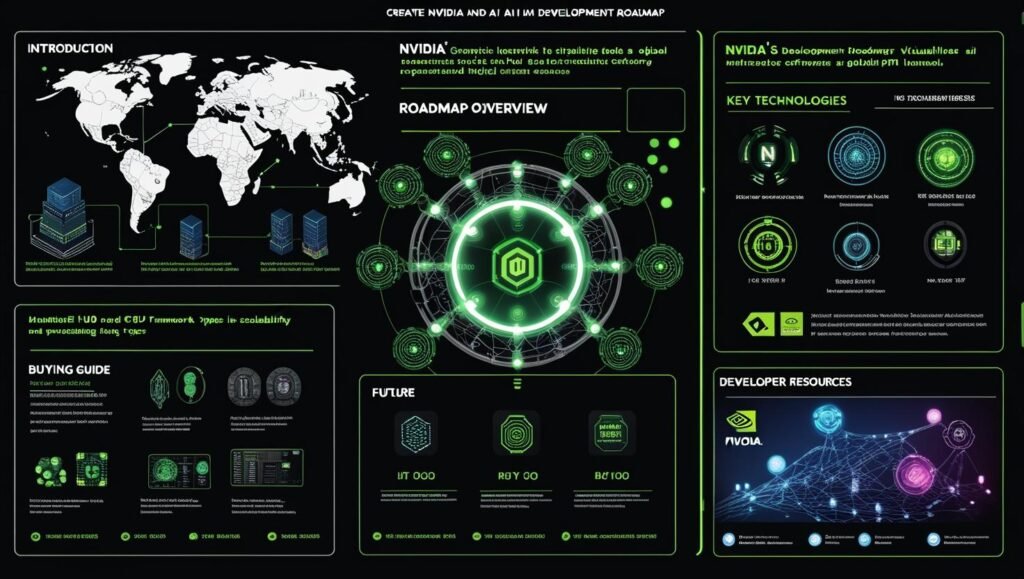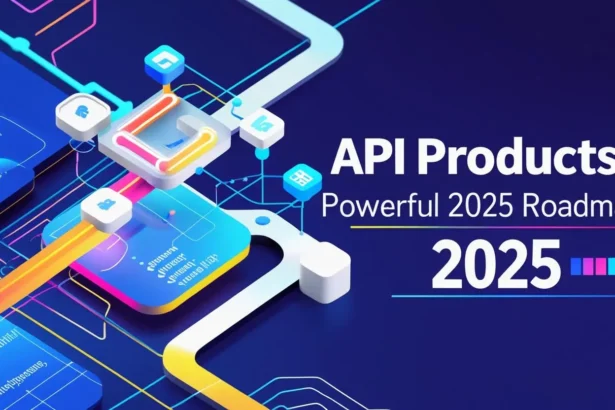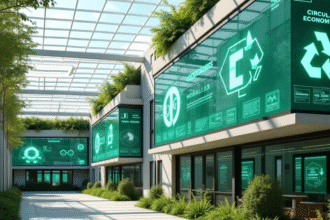Introduction: Nvidia’s AI & GPU Leadership
Nvidia stands at the forefront of the artificial intelligence revolution. From its early days powering high-end gaming graphics to becoming the engine behind today’s most advanced AI systems, Nvidia has continually redefined what's possible in compute acceleration. As the global demand for smarter, faster, and more energy-efficient AI infrastructure grows, Nvidia’s leadership in GPU innovation and AI development has become indispensable.
Their latest roadmap reflects a powerful commitment to shaping AI’s future at every level — from cloud-based supercomputing to edge computing devices. At the center of this roadmap lies the H100 GPU, a groundbreaking product that accelerates training for large language models (LLMs) and complex machine learning workloads.
With its focus on powerful hardware, robust software ecosystems, and global infrastructure, Nvidia continues to lead AI adoption across industries — from autonomous vehicles to healthcare and research labs. This article explores the full scope of the Nvidia GPU and AI development roadmap, offering insights for developers, enterprises, and anyone planning to buy Nvidia GPUs or explore Nvidia’s global impact.

Overview of Nvidia’s AI & GPU Development Roadmap
Nvidia’s roadmap is more than a series of GPU upgrades — it’s a strategic alignment of hardware, software, and global deployment frameworks to empower next-generation AI.
Key pillars of the roadmap include:
- Hardware Evolution: From the Ampere series (A100) to the Hopper series (H100) and beyond.
- Software Ecosystem: CUDA, TensorRT, and AI Enterprise accelerate everything from training to deployment.
- Scalability: Nvidia products are integrated into cloud giants like AWS, Azure, and Google Cloud, enabling elastic compute power.
- Developer Support: Nvidia SDKs, AI model libraries, and training courses equip AI professionals and researchers.
Nvidia ensures that AI training, inference, and development workflows are fully supported — whether running in a massive data center or on a compact embedded system. This vision of an end-to-end AI platform continues to expand through collaborations with academic institutions, enterprises, and government AI labs.
🔗 Internal link: Explore India’s national roadmap for tech innovation here.
Key Technologies and Products (500+ words)
H100 GPU: AI Training Powerhouse
The Nvidia H100, part of the Hopper architecture, delivers a massive leap in AI training capability. It is engineered for:
- Transformer acceleration with new Tensor Core enhancements.
- FP8 precision for optimized LLM training with reduced memory usage.
- 4× faster performance than the A100 in AI training and inference workloads.
- NVLink scalability to connect GPUs with massive memory pools for large model parallelism.
It supports multi-instance GPU (MIG) workloads, enabling the partitioning of one GPU into multiple isolated instances. This is ideal for shared environments like universities, research labs, and cloud GPUs.
These capabilities make the H100 ideal for powering massive models like GPT-4, Claude, and enterprise-specific LLMs, accelerating industries like finance, defense, and autonomous robotics.
Nvidia’s Software Ecosystem
Beyond hardware, Nvidia’s robust software stack ensures accelerated time-to-market for AI developers and enterprises.
- CUDA: The foundational GPU programming toolkit used globally for deep learning.
- TensorRT: Optimizes neural networks for real-time inference.
- AI Enterprise Suite: Certified frameworks for hybrid or cloud deployment.
- Triton Inference Server: Dynamic batching, concurrent model support, and real-time serving.
Additional tools like Isaac SDK for robotics and NeMo Megatron for LLM training demonstrate Nvidia’s vertical integration across industries.
Cloud Infrastructure & Edge Computing
Nvidia powers compute across all tiers:
- Cloud AI: AWS EC2 P5 instances, Microsoft Azure NDv5, and Google Cloud AI Hypercomputer are built around the H100.
- On-Prem AI: Nvidia DGX H100 systems deliver unmatched compute density for private training workloads.
- Edge AI: Jetson Nano, Xavier, and Orin series enable robotics, surveillance, and industrial IoT AI.
- AI Workstations: RTX 6000 Ada cards deliver AI inferencing at the desktop level.
This range supports developers globally to access world-class compute without vendor lock-in.
Generative AI and Nvidia's Role in LLMs
One of Nvidia’s fastest-growing domains is generative AI. Their hardware is central to the training of large language models (LLMs) like ChatGPT, Gemini, and Claude. The company’s roadmap increasingly focuses on:
- Training acceleration for foundation models.
- Low-latency inference for real-time AI chatbots and voice interfaces.
- Model pruning and quantization tools to deploy massive models on edge hardware.
With their NeMo framework, enterprises can now fine-tune proprietary LLMs, opening up custom AI assistants, legal summarizers, or AI-driven content generators — all powered by Nvidia.
Buying Nvidia GPUs: What to Know
If you’re looking to buy Nvidia GPUs for AI workloads, keep the following tips in mind:
- Identify workload type: H100 or A100 for heavy training; RTX 4000+ for development and inferencing.
- Check compatibility: Form factor (PCIe vs SXM), power supply, and system requirements.
- Evaluate software stack: CUDA version, driver support, and framework compatibility.
- Select trusted vendors: Use Nvidia product pages for official pricing, certified resellers, or direct enterprise sales.
Cloud solutions are also available for teams that need short-term access to GPUs via AWS, GCP, or Azure.
What’s Next for Nvidia? Future Outlook
The Nvidia roadmap extends far beyond 2025. Anticipated innovations include:
- H200 and Blackwell architecture: Offering higher throughput and energy efficiency.
- Inference-specific chips: Designed for ultra-low-latency AI agents and voice models.
- Enterprise-ready GenAI tools: Visual AI generation, scientific AI modeling, and human-machine interaction frameworks.
- Quantum + AI integrations: Nvidia is exploring quantum-aware hybrid computing for long-term breakthroughs.
Additionally, Nvidia will likely deepen partnerships with ARM, expand their Omniverse platform, and continue shaping AI policy and research on a global scale.
Navigating Nvidia Product Pages and Resources
For updates, specifications, and driver downloads, the Nvidia product pages are the best resource:
- Browse by category: Gaming, Data Center, AI Workstation.
- Compare GPU benchmarks and AI performance tiers.
- Access developer tools, CUDA downloads, and sample code.
- Register for early access programs or enterprise support.
From solo developers to billion-dollar firms, these tools help you align your AI build with Nvidia’s evolving roadmap.
Conclusion
Nvidia is more than a hardware manufacturer — it's the beating heart of global AI innovation. Through advanced GPUs like the H100, AI-ready software stacks, and worldwide infrastructure integrations, Nvidia enables developers and enterprises to shape tomorrow’s technology today.
Whether you're exploring cloud-based compute, planning to buy Nvidia GPUs, or building your next-gen LLM, aligning with the Nvidia GPU and AI development roadmap ensures you stay future-ready. Visit the official Nvidia product pages for ongoing updates, and keep pace with the evolution of AI from the inside out.








